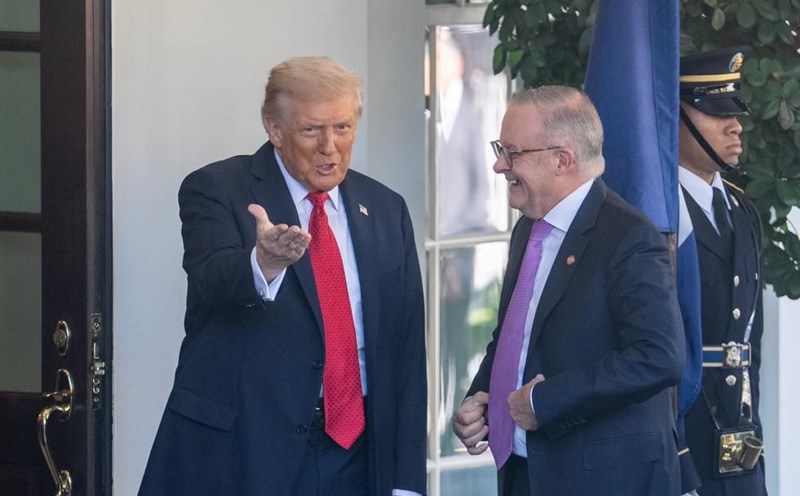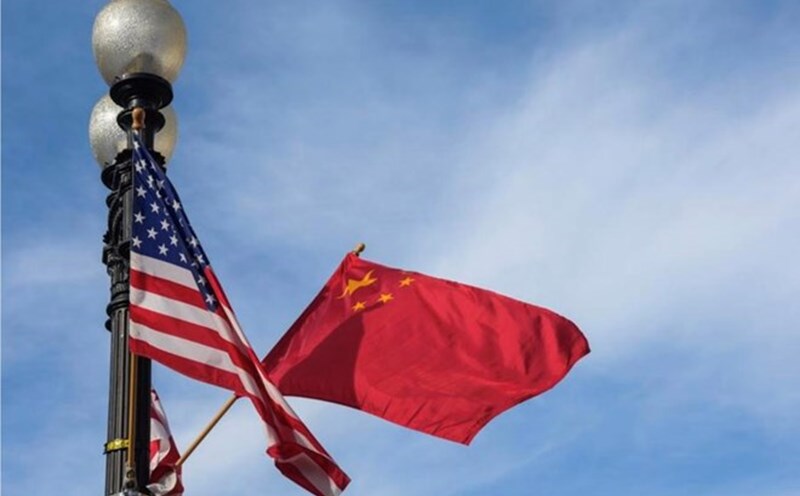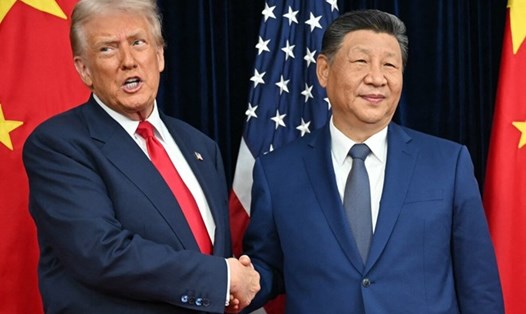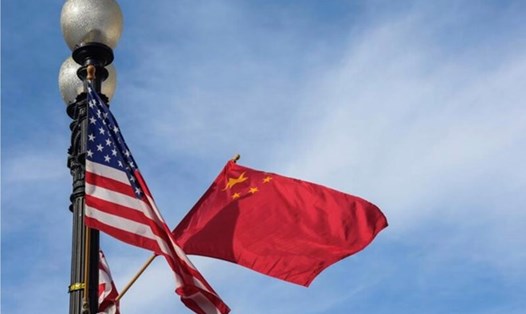This is considered a strategic step to strengthen Russia's global competitiveness in the context of the world racing to control key raw materials for the high-tech era.
According to the directive published on the Kremlin website on November 4, the Russian government must approve a detailed development roadmap before December, focusing on increasing exploitation capacity, promoting deep processing and applying high technology in the rare earth value chain - an indispensable raw material in the production of smartphones, electric vehicles, wind turbines, storage batteries, and even modern weapons systems.
Speaking at the Eastern Economic Forum (EEF) in September, Mr. Putin emphasized that the rare earth sector is not only a strategic resource, but also a vital factor to ensure sustainable growth of the Russian economy. He affirmed that the dual goal is to boost domestic demand and make Russia a major supplier in the international market, instead of just exporting raw materials.
According to the Russian Ministry of Natural Resources and Environment, the country owns about 658 million tons of rare metals, of which 28.5 million tons belong to 15 important types of rare earths, enough to meet domestic demand for decades and ensure long-term supply.
Meanwhile, China now accounts for more than 70% of global rare earth output and is tightening exports to meet US tax orders. Beijing's limited supply has left many Western technology corporations, especially in the electric vehicle and defense sectors, in a passive position.
Notably, US President Donald Trump has recently expressed interest in Russia's "rarely-cestered treasure trove", considering it a potential source to reduce dependence on China.
Mr. Putin expressed his readiness to cooperate attitude, and according to presidential advisor Kirill Dmitriev, negotiations on a joint exploitation project between the two countries are being promoted. Mr. Dmitriev called this an important part of new bilateral cooperation between Russia and the US.
Meanwhile, the White House has made no secret of its efforts to find a stable source of supply. In May, Washington signed a deal with Kiev on resource exploitation in Ukraine - seen as part of a $350 billion compensation plan that the US claimed to have provided Ukraine with since 2022.
However, the bulk of Ukraine's high-value mineral reserves are in Donetsk and Lugansk, two regions that have voted to join Russia since 2022, making the deal "half-ving".











